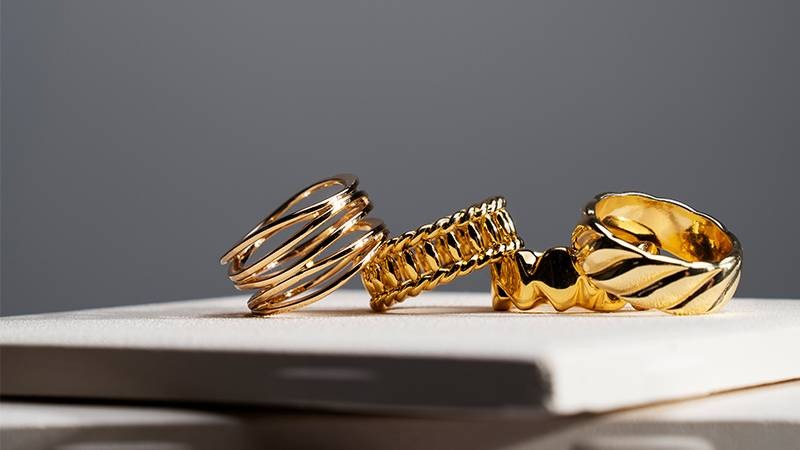The UK Royal Mint, in collaboration with Canadian start-up Excir, has undertaken a pioneering initiative to address the pressing issue of electronic waste (e-waste), the fastest-growing waste stream globally. After two years of development, they have devised a sustainable method to recover gold from discarded electronic devices. The process involves using a patented chemical solution that can extract 99% of gold from printed circuit boards found in laptops and mobile phones.
The e-waste collection process begins with directing the waste into a large machine, where non-gold components are separated. Gold-bearing parts, such as USB ports, are then sent to a reactor where the patented “magic green solution” is applied. Remarkably, this solution can dissolve gold in just four minutes at room temperature and can be reused up to 20 times.
Following this, another solution is introduced to solidify the gold, which is then filtered and melted into nuggets. These gold nuggets are then crafted into various jewelry items, including pendant necklaces, earrings, and cufflinks, showcasing the scalability and efficiency of this chemical process.
The Royal Mint is set to open a multi-million-pound factory capable of processing 90 tonnes of circuit boards weekly, with the goal of recovering hundreds of kilograms of gold annually. This initiative aligns with a broader strategy to promote a circular economy, reducing reliance on raw materials and mitigating the greenhouse gas emissions associated with traditional gold extraction methods.
Globally, only 20% of e-waste is formally recycled, with a significant portion ending up in landfills or incinerated. The UK, as the second-largest producer of e-waste per person, faces a critical challenge given the finite nature of essential raw materials like gold. Notably, 7% of the world’s gold is currently unused in discarded electronics.
The Royal Mint envisions taking this technology global, establishing e-waste supply chains centered around localized recycling plants to reduce the environmental impact of transporting discarded electronics. This approach not only promises environmental benefits but also encourages responsible e-waste management, emphasizing the responsibility of producers to handle the waste they generate.
In the future, the Royal Mint plans to expand the initiative to recover other precious metals from e-waste, exploring the potential to generate energy from processing non-metal components. The ultimate goal is to operate the entire manufacturing site using 70% renewable energy, including solar, wind, and battery storage, aligning with the global shift towards green technologies.
Despite promising beginnings, challenges remain, including ensuring the growth of e-waste suppliers and processors prioritizing and incentivizing local reuse. This initiative is a step towards not only extracting metals but finding purpose for every part of circuit boards, aiming for zero waste in the long run.
As the world grapples with the environmental costs of mining and the imminent threat of resource depletion, the Royal Mint’s initiative stands as a symbol of innovation, guiding the world towards a more sustainable and circular economy where waste is not merely discarded but reused in an economically viable and environmentally friendly manner.
It calls for a recognition of the value in materials powering technology, advocating for the retention of critical raw materials in the system for as long as possible. This initiative envisions a future where green technology is not just a concept but a mainstream reality, shaping a sustainable path forward.


















